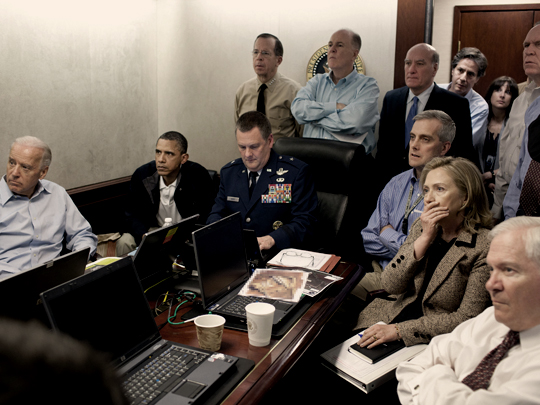Photo by Pete Souza / Wikimedia Commons / CC-BY-SA-3.0 / GFDL
1 – Osama Bin Laden is killed in Abbottabad, Pakistan
Osama bin Laden, the founder, and leader of the Islamist group Al-Qaeda was killed in Abbottabad, Pakistan on 2 May 2011, shortly after 1 am local time, by members of United States Navy SEALs Team Six.
The operation was carried out under orders from U.S. President Barack Obama, ending a nearly 10-year search for bin Laden, following his role in the September 11 attacks on the United States.
U.S. intelligence officials discovered the whereabouts of bin Laden by tracking one of his couriers, having received information from detainees in Guantánamo Bay.
CIA operatives located the courier and followed him back to the Abbottabad compound, and put the residence under surveillance.
Using satellite photos and intel reports, they concluded the compound had been modified to hide someone of significance and that it was highly likely to be bin Laden’s residence. They also suggested he was living there with his youngest wife and children.
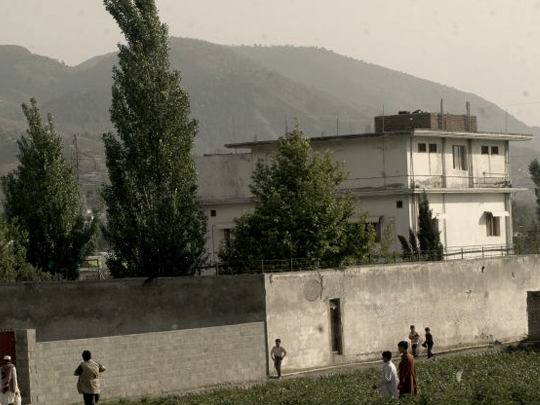
During a 40-minute raid, bin Laden was killed by a bullet above the left eye and another to the chest. The SEALs overpowered the other residents, killing several, and extracted bin Laden’s body, computer hard drives, documents, and other material.
The raid on bin Laden’s compound in Abbottabad, Pakistan was launched from Afghanistan. U.S. officials said they took bin Laden’s body to Afghanistan for identification, then buried it at sea within 24 hours, in accordance with Islamic tradition.
The mission was supported by over 90% of the American public, and was welcomed by the United Nations, NATO, and the European Union, but was condemned by others.
Pakistan’s Abbottabad Commission Report was leaked to Al Jazeera on 8 July 2013. It revealed a collective failure on the part of Pakistani state military and intelligence authorities, which enabled bin Laden to hide in Pakistan for nine years.
2 – The Arab Spring Movement
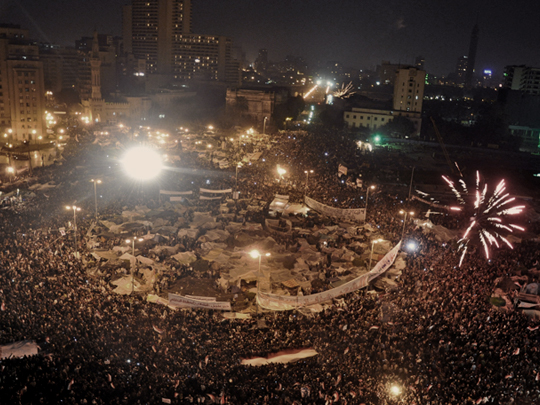
The Arab Spring was a series of anti-government protests, uprisings, and armed rebellions that spread across North Africa and the Middle East from late December 2010.
Social media was credited for the swift spread of the revolution, as new protests appeared in response to success stories shared from those taking place elsewhere.
In many countries, the governments recognized the importance of social media for organizing and shut down certain sites or blocked Internet service entirely.
The Arab Spring began in response to oppressive regimes and a low standard of living, beginning with protests in Tunisia.
The effects of the Tunisian Revolution spread quickly to Libya, Egypt, Yemen, Syria, and Bahrain, where either the regime was toppled or major uprisings occurred. Street demonstrations also took place in Morocco, Lebanon, and Algeria, among others.
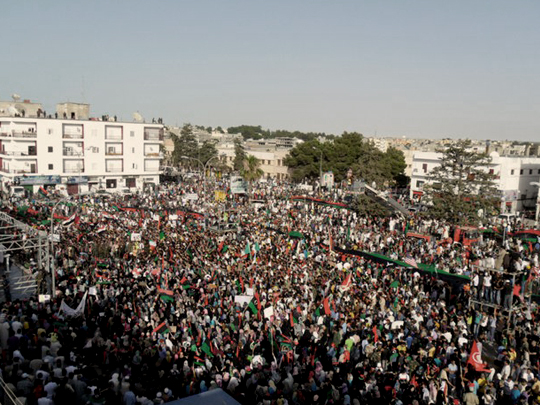
By mid-2012, the initial protests faded as many demonstrations were met with violent responses from national authorities and/or militaries.
As a result, large-scale conflicts erupted such as the Syrian Civil War, the Iraqi Civil War, the Egyptian coup and insurgency, the Libyan Civil War, and the Yemeni Civil War.
While leadership may have changed or their regimes held to account, power vacuums opened across the Arab world and resulted in battles between a consolidation of power by religious elites and growing support for democracy in many states.
The hope that these popular movements would end corruption and increase political participation quickly collapsed after counter-revolutionary moves by foreign states and the intervention of the regional and international military.
As of 2018, Tunisia was the only uprising that resulted in a transition to constitutional democratic governance.
3 – The Occupy Wall Street Movement
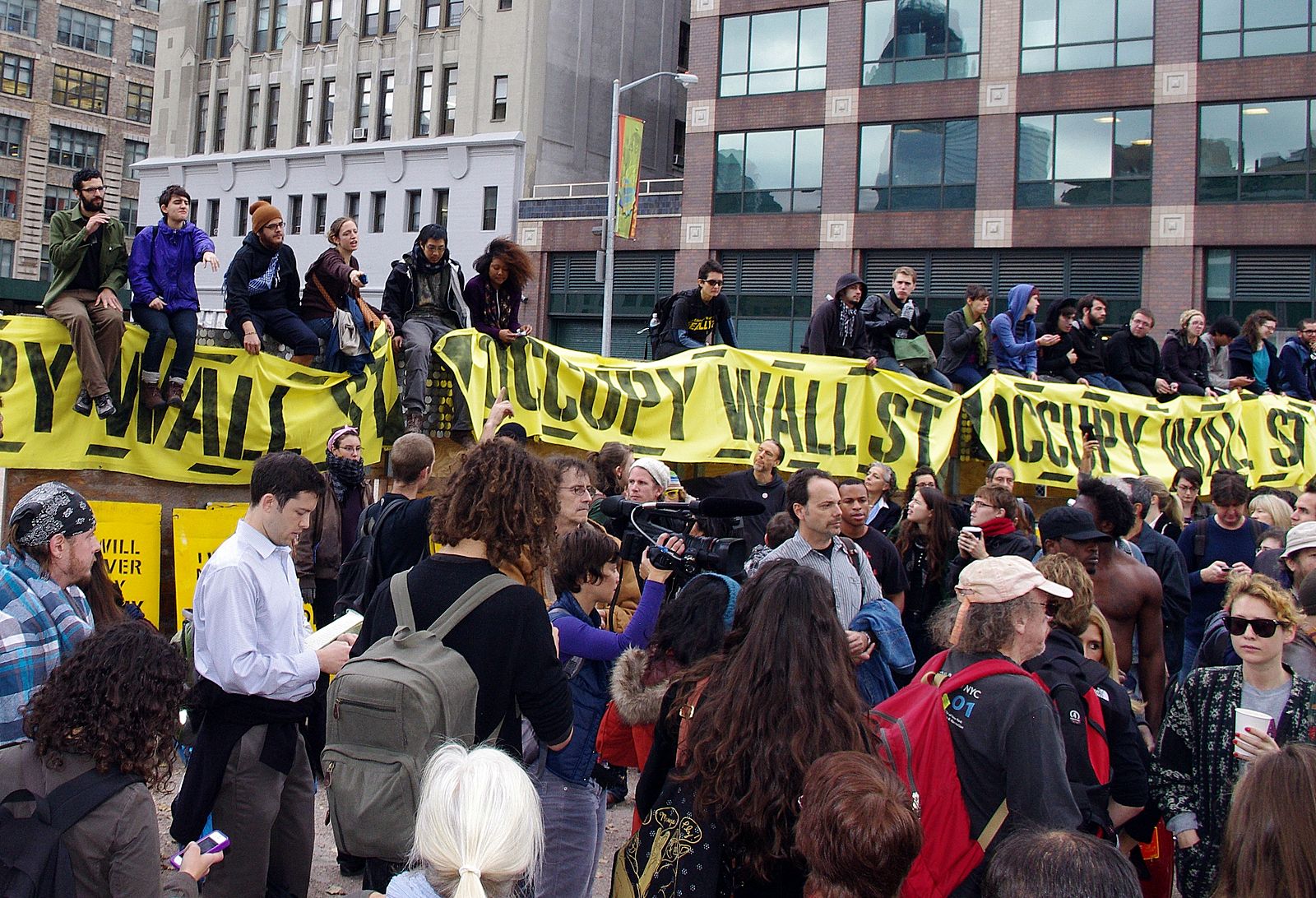
Occupy Wall Street (OWS) was a left-wing protest movement that began on 17 September 2011, in Zuccotti Park, located in New York City’s Wall Street financial district.
The main issues raised by Occupy Wall Street were social and economic inequality, greed, corruption and the undue influence of corporations on government.
The Occupy movement took inspiration in part from the Arab Spring, as well as the global wave of anti-austerity protests in 2010.
The OWS slogan of “We are the 99%” referred to income and wealth inequality in the U.S. between the wealthiest 1% and the rest of the population.
By 9 October, the Occupy protest movement had spread to over 950 cities across 82 countries, and over 600 communities in the United States.
After the protesters were forced out of Zuccotti Park on 15 November 2011, they turned their focus to occupying banks, corporate headquarters, foreclosed homes, and university campuses.
The last remaining high-profile Occupy protest sites in Washington, D.C. and London, England, were cleared by February 2012.
4 – Japan is Devastated by an Earthquake, Tsunami & Fukushima Nuclear Disaster
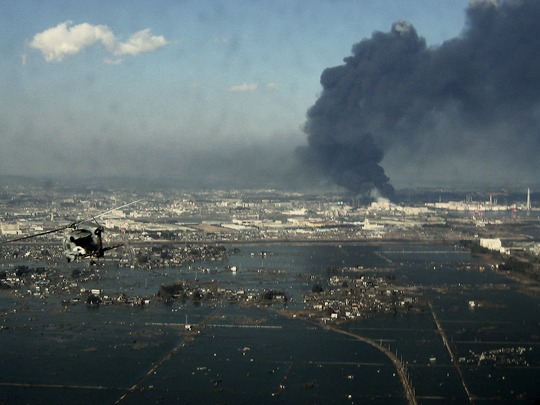
An undersea earthquake off the Japanese Pacific coast of Tōhoku of a 9.0 magnitude occurred on 11 March 2011. The epicentre was approximately 70 km east of Japan at an underwater depth of approximately 29 km.
It was the fourth most powerful earthquake in the world since modern record-keeping began. It triggered a powerful tsunami that reached heights of up to 40.5 metres and traveled at 435 mph for up to 10 km inland.
The earthquake moved the main Japanese island of Honshu by 8 ft, shifted the Earth on its axis by up to 25 cm, and even slightly increased the earth’s rotational speed.
The tsunami killed over 15,800 people, mainly through drowning, with over 6,000 injured. It also forced over 200,000 people away from their homes to either temporary housing or permanent relocation.
Around 4.4 million households in northeastern Japan were left without electricity and 1.5 million without water.
The tsunami also caused a nuclear accident at three reactors in the Fukushima Daiichi Nuclear Power Plant complex, with the subsequent evacuation zones affecting hundreds of thousands of residents.
At least three nuclear reactors suffered explosions after a cooling system failure resulting from the loss of electrical power. Residents within a 20 km radius of the Fukushima Daiichi Nuclear Power Plant were evacuated.
The Fukushima disaster was the biggest nuclear incident since the Chernobyl disaster in April 1986 and the only disaster since to be given the Level 7 event classification.
On 12 October 2012, the Tokyo Electric Power Company admitted for the first time that it had failed to take necessary measures for fear of inviting lawsuits or protests against its nuclear plants.
Plant management estimate an ongoing intensive cleanup program to decontaminate affected areas and decommission the plant will take 30 to 40 years.
Between the earthquake, tsunami, and nuclear disaster, the World Bank estimates the economic cost was US$235 billion, making it the costliest natural disaster in history.
5 – The 22 July Attacks in Norway
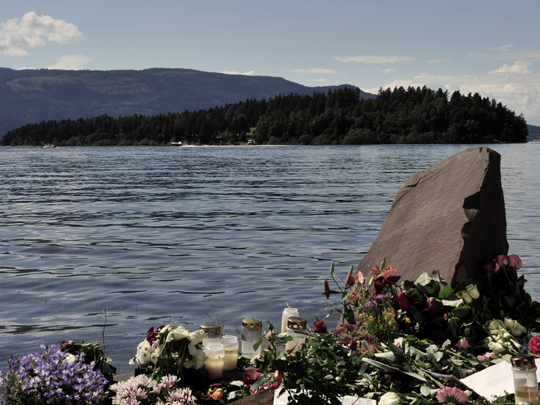
The 22 July attacks were two domestic terrorist attacks carried out by right-wing extremist Anders Behring Breivik. In total, 77 people were killed.
The first attack was a car bomb explosion in the executive government quarter of Oslo, Norway. The explosion killed eight people and injured over 200 others.
The second attack occurred less than two hours later at a summer camp on the island of Utøya. The camp was organized by the AUF, the youth division of the ruling Norwegian Labour Party.
Breivik, dressed in a homemade police uniform and showing false identification, took a ferry to the island and opened fire at the participants, killing 69 and injuring at least 100 others.
The attack was the deadliest in Norway since World War II. Among the dead were friends of Prime Minister Jens Stoltenberg and the stepbrother of Norway’s crown princess Mette-Marit.
The Norwegian Police arrested Anders Behring Breivik, a 32-year-old Norwegian right-wing extremist on Utøya island, charging him with both attacks.
Breivik’s trial took place between 16 April and 22 June 2012, where he admitted carrying out the attacks, but denied criminal guilt, claiming the defence of necessity.
On 24 August 2012, Breivik was convicted and sentenced to 21 years of preventive detention in prison, the maximum sentence allowed in Norway. The sentence can be extended indefinitely as long as the prisoner is deemed a threat to society.
6 – The News of the World Hacking Scandal
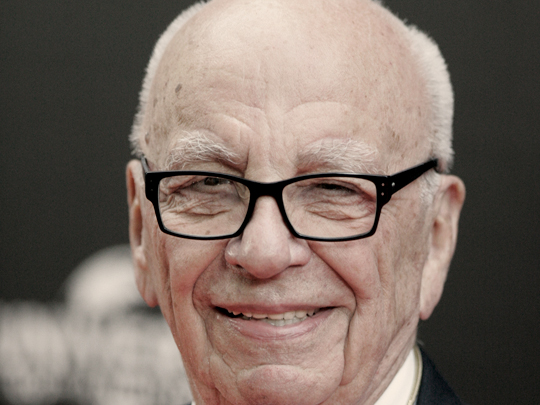
The News International phone-hacking scandal was a controversy involving the News of the World newspaper and other British newspapers published by News International, a subsidiary of Rupert Murdoch’s News Corporation.
Employees of the newspaper were accused of engaging in phone hacking, police bribery, and exercising improper influence in the pursuit of stories.
It was revealed the phones of murdered schoolgirl Milly Dowler, relatives of deceased British soldiers, and victims of the 7 July 2005 London bombings had been hacked.
The resulting public outcry against News Corporation and its owner Rupert Murdoch led to a number of high-profile resignations, including Murdoch as News Corporation director and Murdoch’s son James as executive chairman.
Sir Paul Stephenson, the commissioner of London’s Metropolitan Police Service, Dow Jones chief executive Les Hinton, News International legal manager Tom Crone, and chief executive Rebekah Brooks, also resigned.
On 10 July 2011, advertiser boycotts led to the closure of the News of the World, after 168 years of publication. Public pressure also forced News Corporation to cancel its proposed takeover of the British satellite broadcaster BSkyB.
UK prime minister David Cameron announced a public inquiry, known as the Leveson Inquiry, which ultimately resulted in a number of arrests and convictions, most notably the former News of the World managing editor Andy Coulson.
Rupert and James Murdoch gave evidence at the Leveson Inquiry, during which Rupert admitted a cover-up had taken place within the News of the World to hide the scope of the phone hacking.
7 – After more than 50 years of struggle, South Sudan declares independence and becomes Africa’s 54th state
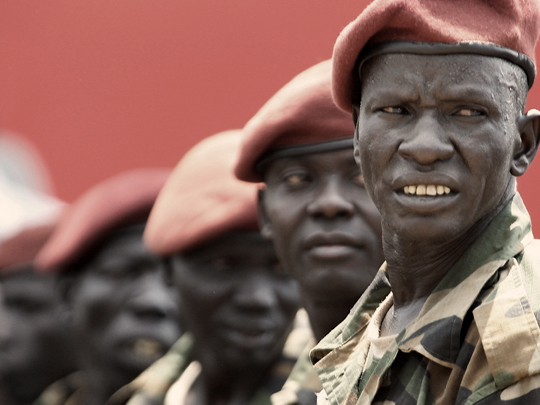
The Republic of South Sudan gained independence from the Republic of Sudan in 2011, with Juba being its capital and largest city.
It has a population of approx 12 million and is demographically one of the youngest nations in the world.
The landlocked East-Central African country is bordered by Sudan to the north, Ethiopia to the east, Kenya, Uganda, and the Democratic Republic of the Congo to the south, and the Central African Republic to the west.
Sudan was occupied by Egypt and was governed as a political territory of the UK and Egypt until Sudanese independence in 1956.
Following the First Sudanese Civil War, the Southern Sudan Autonomous Region was formed in 1972, lasting until 1983.
A second Sudanese civil war then broke out, ending in 2005 with the Comprehensive Peace Agreement.
Later that year, southern autonomy was restored when an Autonomous Government of Southern Sudan was formed.
South Sudan became an independent state on 9 July 2011, following nearly 99% support for independence in a January 2011 referendum.
However, since 2013, it has suffered ethnic violence and endured a civil war.
